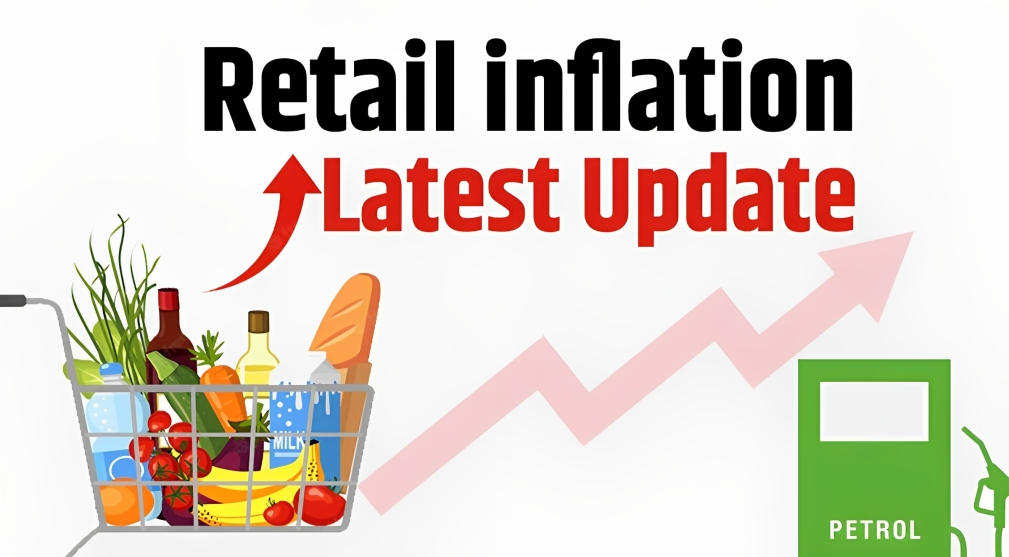





Copyright infringement not intended
Context: India's retail inflation has fallen to a 25-month low of 4.25% in May 2023, according to the latest data released by the Ministry of Statistics. This is the third consecutive month that the consumer price index (CPI) based inflation has stayed within the Reserve Bank of India's (RBI) target range of 2-6%.
Details
However, some economists have cautioned that the inflation trend may reverse from June onwards, depending on the impact of El Nino on the monsoon and the supply disruptions caused by the lockdowns. The RBI governor as had also said that there is a need to monitor the inflation situation closely, especially as the monsoon outlook and the impact of El Nino remain uncertain.
Must Read Articles:
Retail Inflation: https://www.iasgyan.in/daily-current-affairs/retail-inflation-37
|
PRACTICE QUESTION Q. Which of the following is an example of demand-pull inflation? A) A war disrupts the supply of oil, causing fuel prices to rise. B) A drought reduces the harvest of wheat, leading to higher bread prices. C) A central bank lowers interest rates, stimulating consumer spending and borrowing. D) A technological innovation lowers the production cost of computers, making them cheaper. Answer: C Explanation: Demand-pull inflation occurs when aggregate demand exceeds aggregate supply at the current price level. This creates upward pressure on prices as consumers compete for scarce goods and services. A central bank can influence aggregate demand by changing interest rates, which affect the cost and availability of credit. Lower interest rates encourage consumers to spend more and save less, increasing their demand for goods and services. |










© 2025 iasgyan. All right reserved